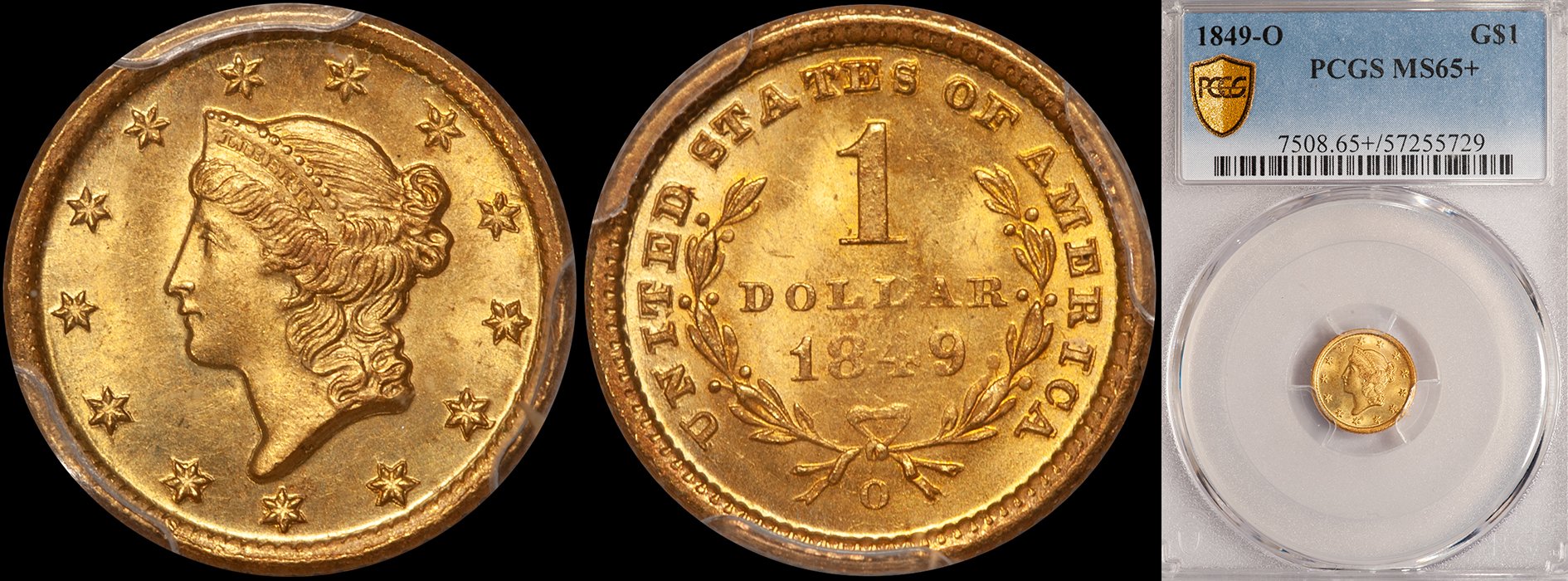Long Beach Report
/The Long and Short of It - My short (but productive) stay at Long Beach means that my Long Beach report is going to be short (but productive). I didn’t arrive at Long Beach until Thursday afternoon and I was severely jet-lagged after having just returned from Japan. I had originally intended to totally skip Long Beach but a lack of coins meant that I had to try my best to quickly and efficiently restock.
After I landed and cabbed down to Long Beach, I called a few Trusted Suppliers and asked about the show. Their replies were nearly unanimous: it was a bear finding anything of interest and I was certain to be frustrated. My mood, as I headed down the freeway, was not good.
One thing that is good about being at a major show for just over a day is that you don’t have a lot of time to mess around. So as I hit the floor at Long Beach and began to scour I was very focused.
My day at Long Beach turned out to be amazingly productive. I was able to buy over thirty interesting coins; which is about triple the amount that I expected. I sold a few older, expensive coins that I was happy to move out and in the eight seconds that I was actually at my table, I had productive retail sales with new clients.
I spoke with a number of dealers about their Long Beach Experience and got fairly mixed reviews. One dealer told me he had an excellent show and the dealer that I share a table with had one of his more productive shows in some time. Other dealers I talked to told me that they had shows that ranged from fair to poor and most complained about a lack of interesting material (surprise, surprise). I’m not sure why I was lucky and found so many good coins other than the fact that I worked my little fanny off searching for them.
My take on the coin market is that it has clearly slowed down in the last month or so with the exception of very high end items. But there are some areas that remain strong across the board. Decent to nice early gold is in strong demand and choice, interesting Seated Liberty coinage (which I’ve been begging people to buy for about ten years...) is blazing hot.
In the realm of dated gold, I’ve noticed that nice quality Dahlonega gold is virtually impossible to find right now; my current inventory is virtually non-existent. Charlotte seems to be perking up a bit (in anticipation of my new book?) and I noticed a few mid-five figure Charlotte coins selling at Long Beach. Carson City half eagles and eagles are very strong, especially Registry Set quality issues. New Orleans gold continues to be hard to find and with the exception of the odd coin here or there, I have noticed a real shortage of high quality, interesting material since the beginning of the year.
What’s not selling right now? Anything that isn’t regarded as being, at the very least, medium to high quality for the grade. And generic gold....well let’s just say generic gold isn’t exactly a big seller right now.
My guess is that the Baltimore show will be decent but not great. This is the one Baltimore show that many West Coast dealers traditionally miss but the caliber of this show is now such that even the least interesting of the three Baltimore shows is still better than the most typical conventions.










